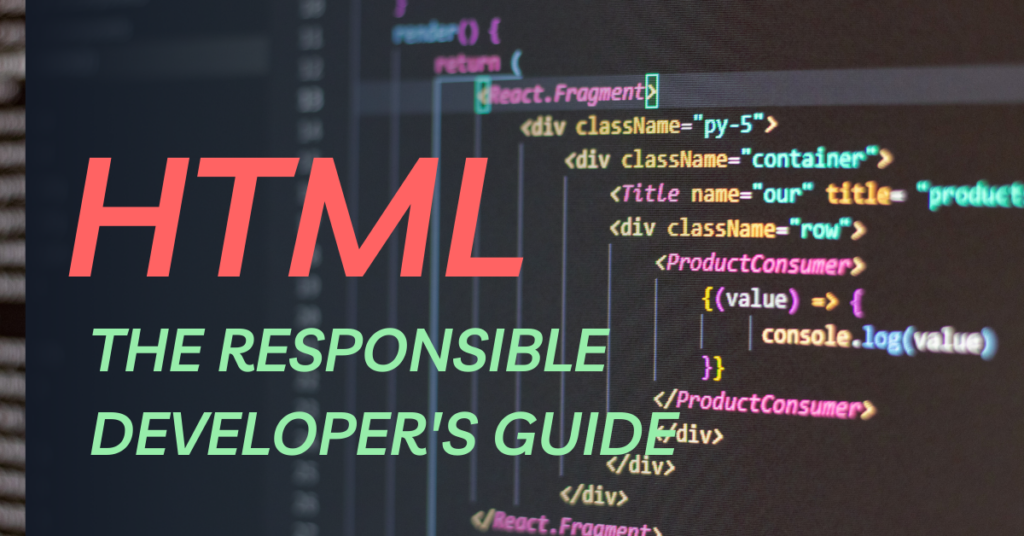Accessible Web Ethics: The Responsible Developer’s Guide to HTML, CSS
The internet holds immense potential for connection, access to information, and opportunity. But this potential is only truly unlocked when everyone can access and interact with websites seamlessly. As developers, we have an ethical responsibility to ensure our creations are inclusive and accessible, leaving no one behind in the digital landscape. This blog serves as a guide for responsible developers, focusing on the ethical use of HTML and CSS to build accessible web experiences.

Why Accessible Web Ethics Matters:
Inclusion:
Accessible Web Ethics isn’t just about technical compliance; it’s about recognizing and respecting the diverse needs of web users. People with disabilities, including visual, auditory, motor, and cognitive impairments, deserve equal access to information and services.
Ethics:
Excluding users due to inaccessible websites is not only unethical but also undermines the fundamental principles of the internet: openness and equality.
Business Sense:
Accessible websites reach a wider audience, improve user experience for everyone, and boost SEO rankings.
Building Accessible Websites with Accessible Web Ethics:
HTML Semantics:
Use the right HTML tags to structure your content accurately. Headings, lists, paragraphs, and other semantic elements make websites easier for humans and assistive technologies to understand.
Alternative Text:
Provide meaningful descriptions for images using the alt attribute. This helps screen readers convey visual information to users with visual impairments.
Focus Management:
Ensure keyboard navigation is smooth and logical. Users who rely on keyboards shouldn’t get stuck or confused when interacting with your website.
Color Contrast:
Maintain sufficient contrast between text and background colors to ensure readability for people with visual impairments. Tools like WebAIM’s Color Contrast Checker can help validate your choices.
Responsive Design:
Design your website to adapt to different screen sizes and devices. This ensures accessibility for users with various browsing experiences and assistive technologies.

Beyond the Code with Accessible Web Ethics:
Content Accessibility:
Write clear, concise, and easy-to-understand content. Consider readability levels and avoid jargon.
Testing and User Feedback:
Regularly test your website with assistive technologies and involve users with disabilities in the testing process. Their feedback is invaluable for identifying and addressing accessibility issues.
Stay Informed:
Accessibility guidelines and best practices evolve over time. Stay updated on the latest WCAG (Web Content Accessibility Guidelines) recommendations and emerging technologies.
Conclusion with Accessible Web Ethics:
Building accessible websites is not just a technical skill; it’s an ethical imperative. By embracing Accessible Web Ethics principles and incorporating them into your development process, you contribute to a more inclusive and equitable digital world. Remember, the web is for everyone, and your code can play a crucial role in making it truly accessible.
Content Roadmap: Developing Best 8 Strategies to Achieve Company’s Content Objectives.





Leave A Comment